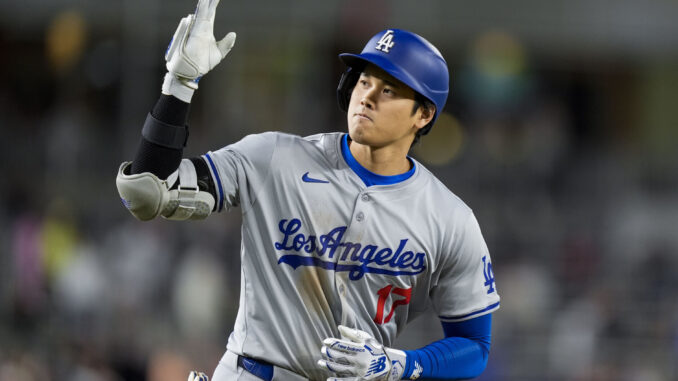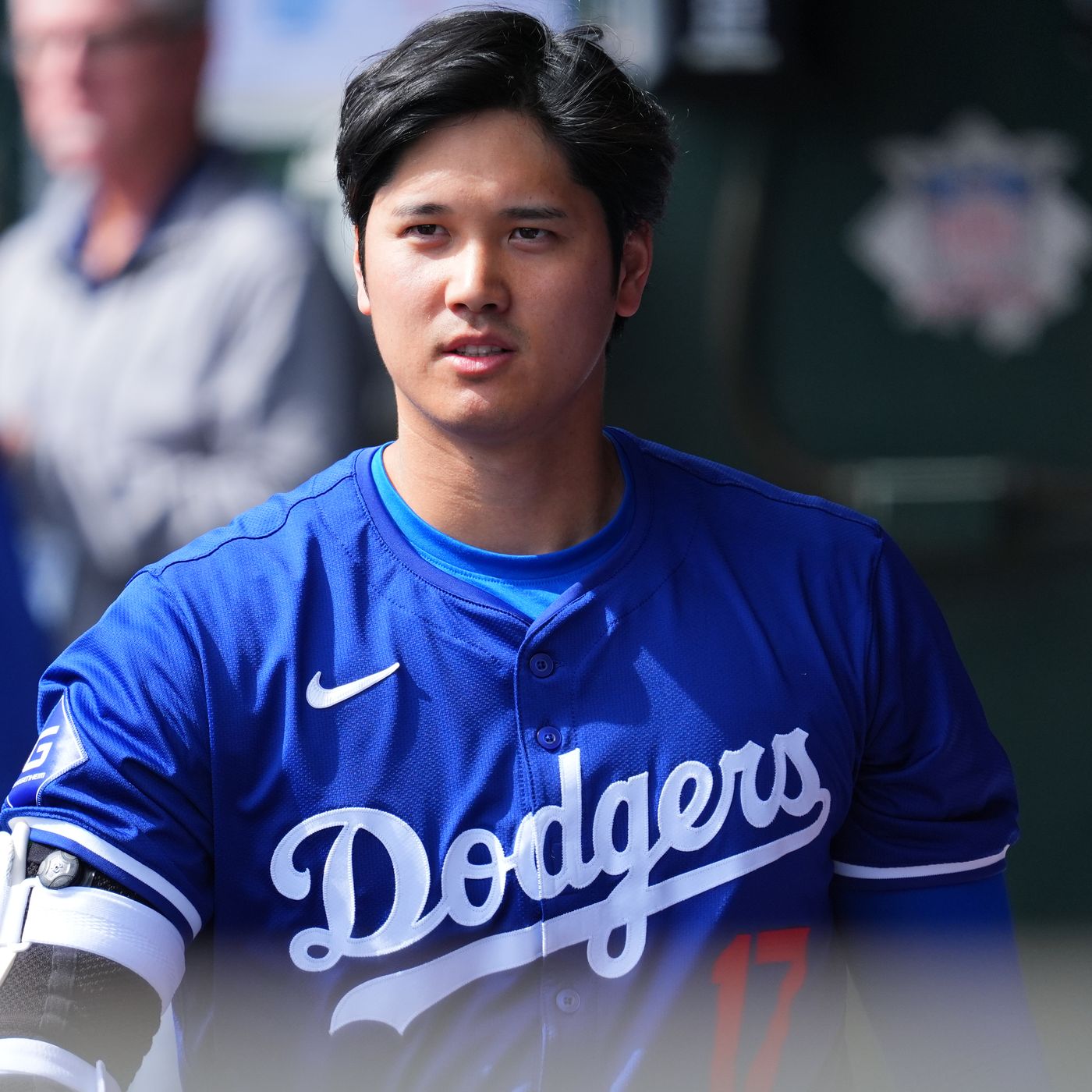
“I think this is my last chance as a pitcher… I’m preparing with that in mind,” Ohtani said in a recent interview.
Shohei knows that if he throws breaking balls at high speeds, it will be very difficult to last a full season as a starter. “And to expect to pitch 10 or 15 years without surgery? I just don’t think it’s possible in this environment,” said the Japanese pitcher, who in his day could dominate opponents with his 160 km/h fastball and an effective splitter.
Shohei Ohtani is determined not to adopt a traditional strategy in his pitching approach after surgery. As some do, adjusting their speed or changing their pitching style. Ohtani? He is not interested in holding back. “I don’t think I’m going to take a ‘long and thin’ approach,” he explained. “I want to make it as ‘thick’ as possible. If that means I can’t pitch for 10 or 15 years, so be it.” An all-or-nothing mentality, a statement of his competitive spirit.
The Dodgers now face a delicate situation, aware that they have one of the best hitters in baseball. But they also signed him hoping to get him back to his best as a pitcher
The only certainty is that Ohtani will not give up easily. If this turns out to be his last chance, as a pitcher he intends to give it his all.
Could Shohei Ohtani become a reliever?
What if Shohei Ohtani’s path back to the mound is not as a starter, but as an exceptional reliever? It sounds almost unthinkable: Ohtani, the Cy Young ace, reduced to bullpen duties. However, think about how difficult it will be for his elbow, especially after recent surgery, to start throwing from scratch. Therefore, the idea of a reliever does not seem far-fetched.

As a reliever, he wouldn’t have to throw 100 pitches at a time or endure the rigors of a season. Instead, he could throw 100 mph with minimal stress and come back and play the next day without any problems. It may not be the complete dominance that fans envisioned, but it might be the best way to keep his bat and arm in shape.
Los Angeles invested half a million dollars anticipating an elite player rather than a mere high-leverage reliever. Totally unexpected! But this change of roles is not entirely unknown in baseball history.
Remember John Smoltz? He made the transition to relief after suffering injury setbacks, such as Tommy John surgeries as an elite closer. In addition, Nathan Eovaldi, a hard-throwing right-handed pitcher, underwent two Tommy John surgeries and had to manage to excel as both a starter and a reliever.
Could Ohtani also create his own combination of pitching roles?

Leave a Reply